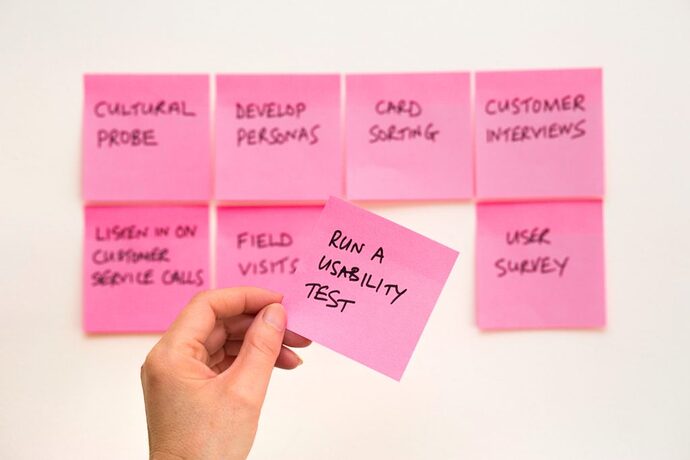How can teams deliver the highest quality software?
To come up with the best app while minimizing cost, you need comprehensive testing and a wide range of tools. Each component, or aspect of the system, should be working and
accessible to intended users on various devices. Here are the elements your engineering team should test.
1. Basic Functions
The goal is to check the functions of the buttons and input areas to see if the system errors with simple data. In-depth testing would include all sorts of conditions that potential customers might do.
Some elements in basic functionality are:
- Basic usability: clients should be able to easily use the application
- Accessibility: ease of accessing the system
- Error conditions: the display of appropriate error messages
- Main functions: core functions should operate as intended
2. Code Reviews
Code is an essential aspect of all applications. Reviewing it is a requirement for an enterprise. Why? Because a code review uncovers complex problems within the technology. It improves coding and software quality.
What are the best practices of code review?
Review code changes made with the tester on your team before they begin executing tests to ensure everyone is on the same page and there are no obvious bugs.
Aspects of Testing a Software (source)
3. Unit Tests
Expectations should be met when implementing code. Every time there is a change in source code, your team should run unit tests. This extra process ensures the changes made are working as expected and do not break any existing functionality.
Your developers should have mock services to ensure unit tests are done independently. Moreover, if test cases fail and the developer can’t fix them, the team should communicate about them.
4. Three Amigos
This concept encompasses the interrelatedness of perspectives and the increment of work in developing software. The first amigo (perspective) is related to the business. The second perspective relates to the development and lastly, the software tester.
Great communication and proper collaboration are the keys to this principle. Each person should understand and agree upon the requirements before, during, and after developing software. The Three Amigos help ensure everyone is on the same page.
